{title}
{publish}
{head}
During the Mid-Autumn Festival, every family considers baked and sticky mooncakes an indispensable treat. Today, mooncakes have evolved with diverse flavors and vibrant colors, yet traditional cakes remain the top choice for many consumers. Family-run workshops have played a vital role in preserving the authentic taste of traditional mooncakes.
From the seventh lunar month, mooncake production reaches its busiest season. Among the long-standing traditions is the craft of mooncake making in the former Phu Tho town, dating back to artisan Hoang Quy. Both his sons and daughters carried on the craft, opening shops and passing it down to their children and grandchildren.
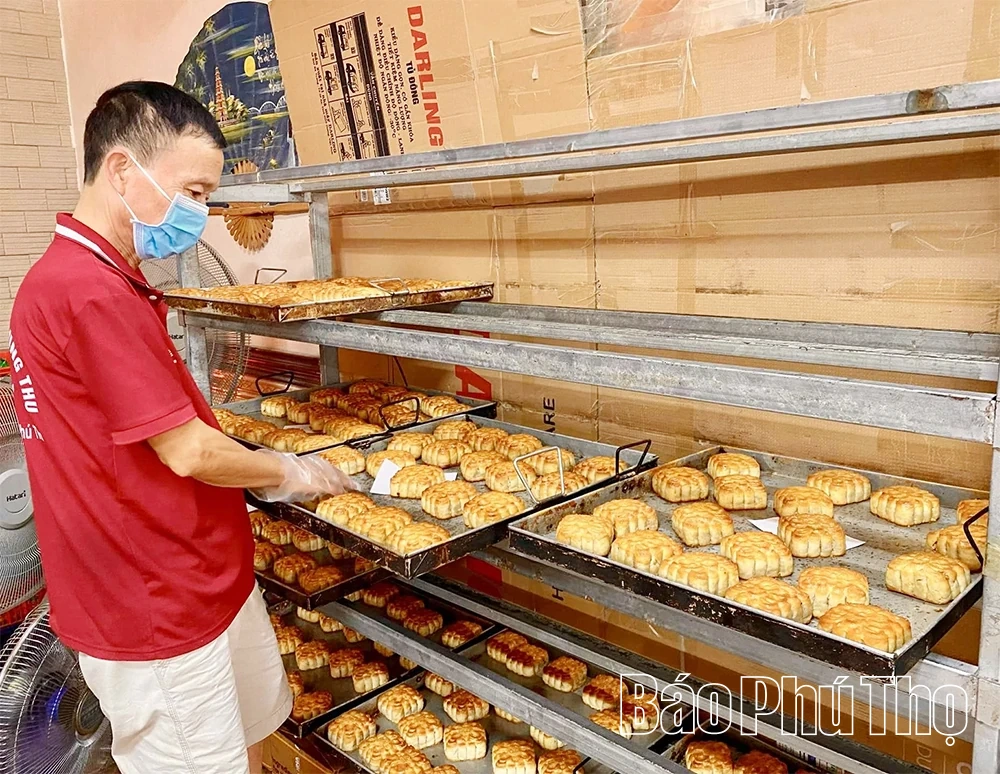
The Ta Quyet traditional mooncake workshop is one of the most renowned, with nearly a century of history.
Mooncakes come in two types: baked and sticky. Each cake consists of an outer crust and an inner filling. To create delicious mooncakes with their unique, traditional flavor—fragrant, soft yet non-sticky- every step, from selecting flour and preparing fillings to molding and baking must be done meticulously, adhering strictly to technique and food safety standards. Alongside each family’s unique recipe, careful selection of ingredients gives traditional mooncakes their distinctive flavor.
Today, to meet customer demand, producers offer mooncakes with a variety of fillings such as roasted chicken, salted egg yolk, green bean, taro, pandan, and durian. However, the traditional mixed filling continues to hold a special place in the hearts of both young and old alike. This is also the secret behind the lasting reputation of family-run workshops—something that mass-produced mooncakes cannot easily replicate.
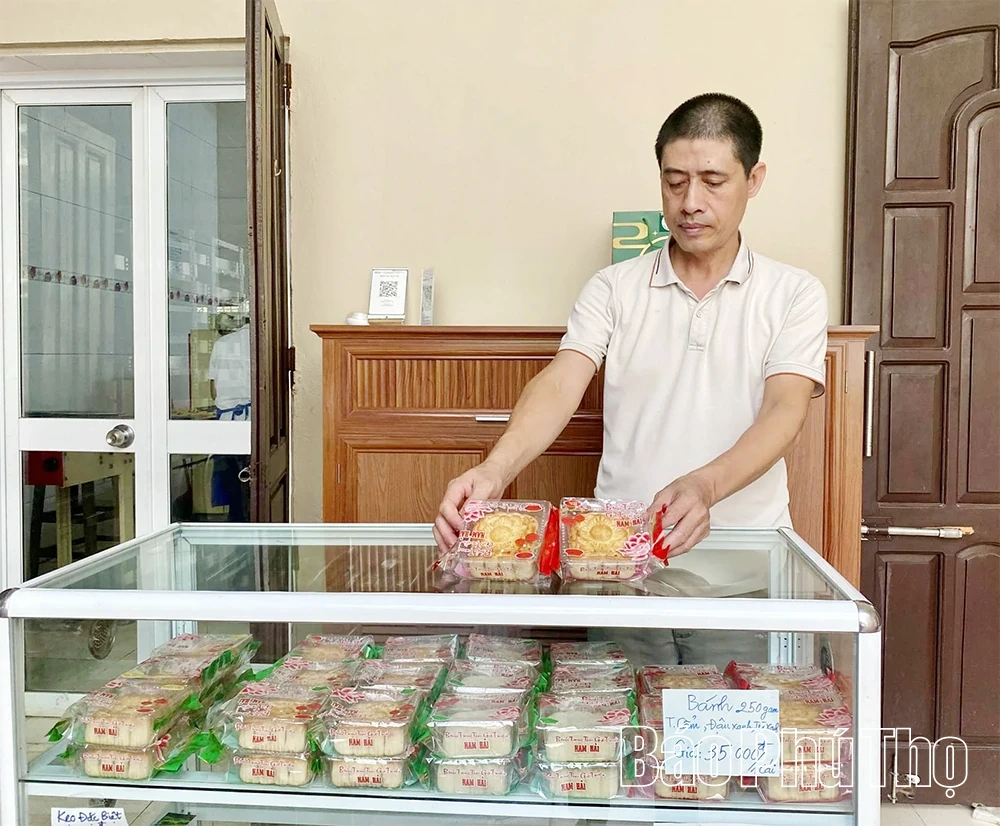
Nam Hai Confectionery, located in Zone 9, Thanh Mieu Ward has been making traditional mooncakes for nearly 40 years.
In modern life, traditional mooncake-making workshops continue to thrive. With dedication and love for their craft, artisans work tirelessly to preserve and pass down the tradition. Their goal is not only to maintain authentic flavors but also to safeguard a cultural heritage for the following generations.
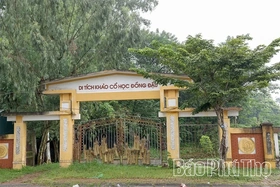
baophutho.vn Today, amidst the fertile fields of Yen Lac Town, Yen Lac District, Vinh Phuc Province (formerly), the National Historical Site of Dong Dau...
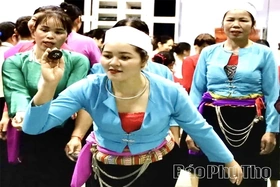
baophutho.vn Not only a folk game loved by the Muong community, danh mang and traditional wrestling have become unique sports that are maintained and...
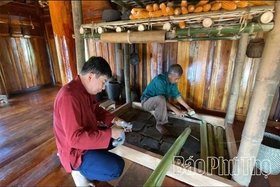
baophutho.vn For the Muong people, the hearth on the stilt house is more than a place for cooking or providing light. It is a source of warmth during cold...

baophutho.vn Chieng Noi Hamlet in Thanh Son Commune, Phu Tho Province is home to more than 70% Muong ethnic residents who have preserved many unique...
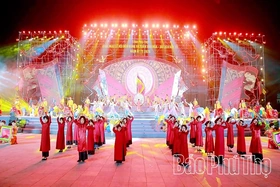
baophutho.vn After the administrative merger, Phu Tho now boasts an extensive cultural treasure with 2,778 historical relics and nearly 2,000 intangible...
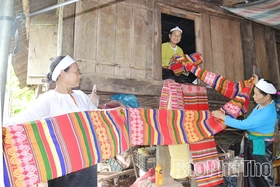
baophutho.vn From once-silent looms, the Muong women of Com hamlet, Tan Lac commune, Phu Tho Province have “awakened” and revived their traditional brocade...
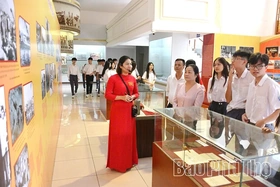
baophutho.vn Located in the center of Viet Tri city, the Hung Kings Museum has become a special cultural destination, where historical memories are...
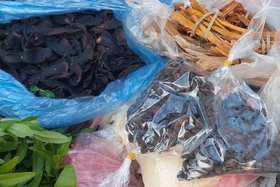
baophutho.vn In the highland communes across the four Muong regions (Bi, Vang, Thang, Dong) in the Hoa Binh area, periodic markets are always bustling with...
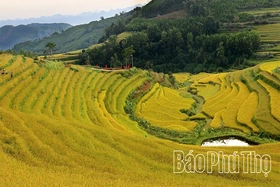
baophutho.vn The People’s Committee of Thuong Coc Commune, Phu Tho Commune convened a meeting of the Organizing Committee for the 2025 Mien Doi Terraced...
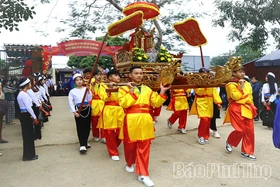
baophutho.vn The Khai Ha Festival has deeply permeated the spiritual life of the Muong ethnic group in Hoa Binh. The festival has been preserved by the...